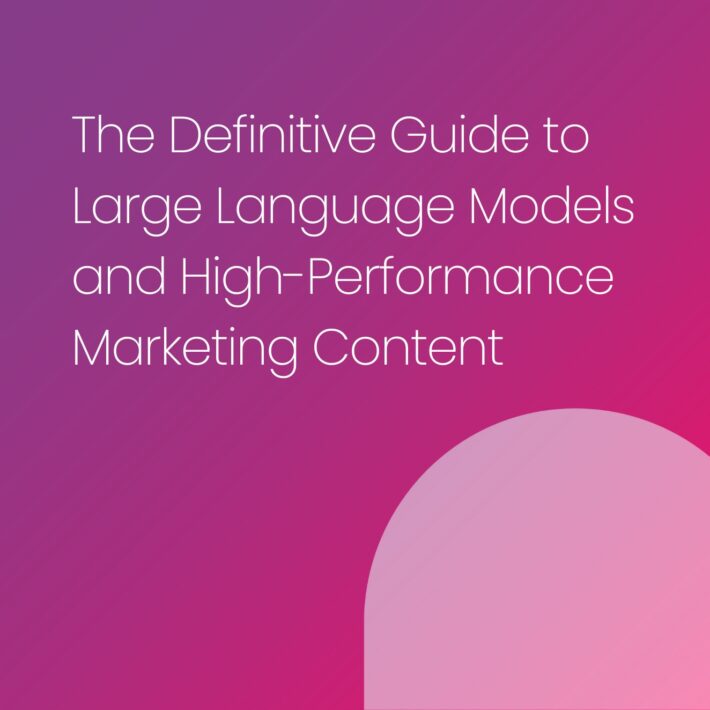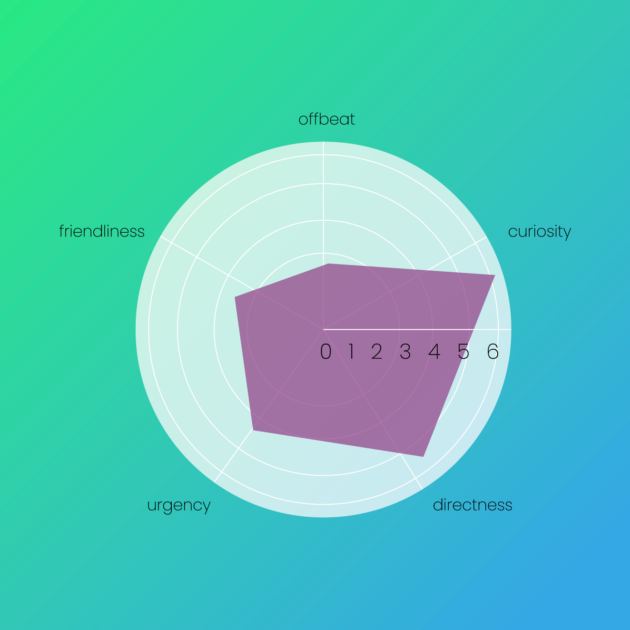Learning Hub
White Papers & Guides

The Definitive Guide to Large Language Models and High-Performance Marketing Content

Is the Future of Generative AI Quality or Quantity?

10 Ways Top Brands Are Double-clicking With Customers

How Brands Can Bounce Back in the 2022 Retail Peak

How Can You Win in a Tough Economic Climate?
Customer Stories
Ask the Expert

Ask the Expert: Travel Turnaround with TUI’s Simon Baines

Ask the Expert: Data Digest With Alex Croker
Frequently Asked Questions
We support 25+ languages, including English, Spanish, German, French, Italian, and more.
Great question! We’ll be happy to develop a custom pricing proposal for you. Check out our Pricing page for more information.
Your brand isn’t generic, so why would you want generic marketing content? We create tailored language generation use cases unique to every single customer. We don’t have a generic database of words and phrases, so not only does your content sound like it comes from a human, it sounds like it comes from a human in your own marketing department.
Almost certainly! Phrasee integrates with the world’s leading ESPs and marketing technology providers. To see the full list of integrations, head to our Partners page.
Phrasee is a pure-play SaaS platform. You can run unlimited Phrasee campaigns within the platform, without human intervention, in real time, at the click of our magic button.






